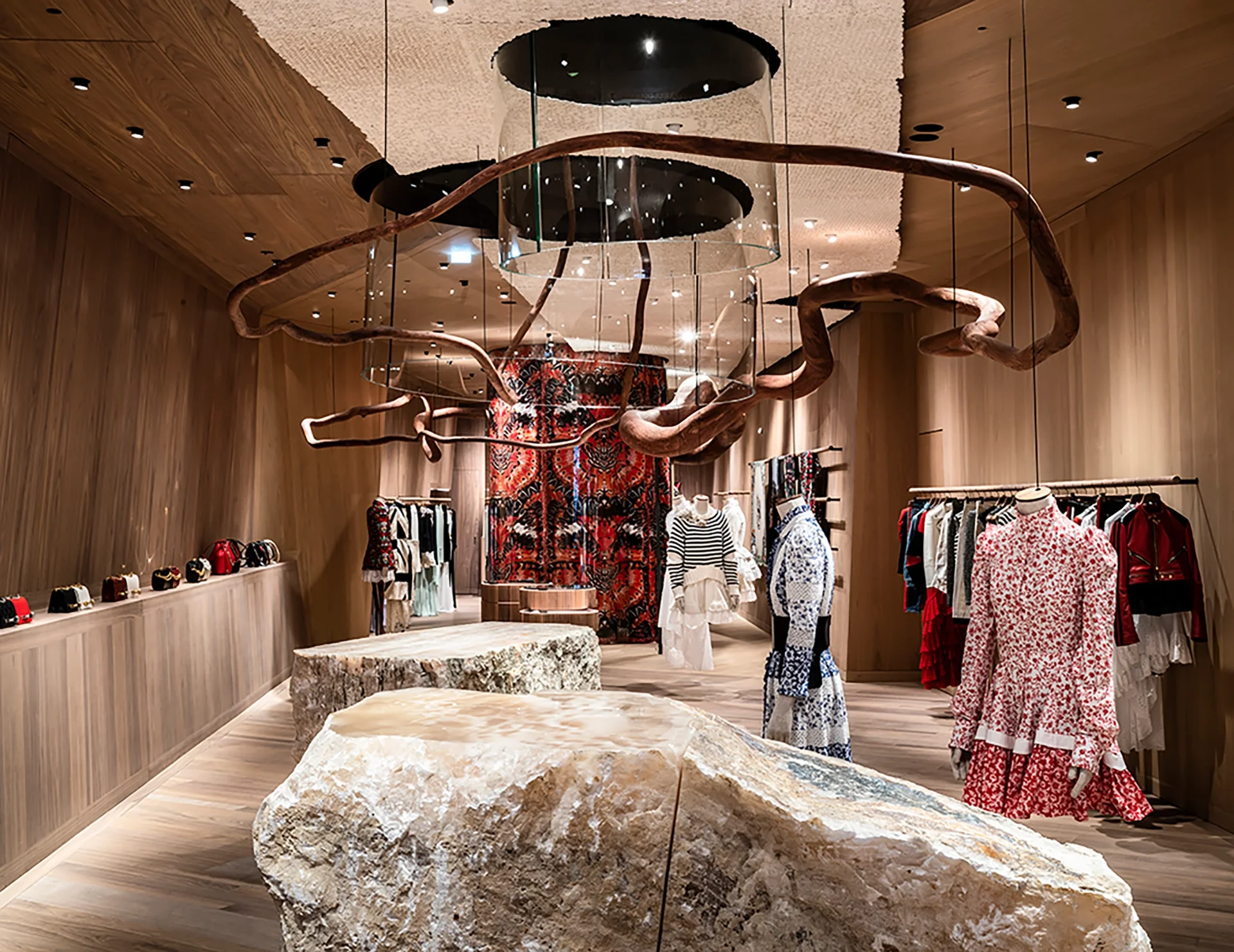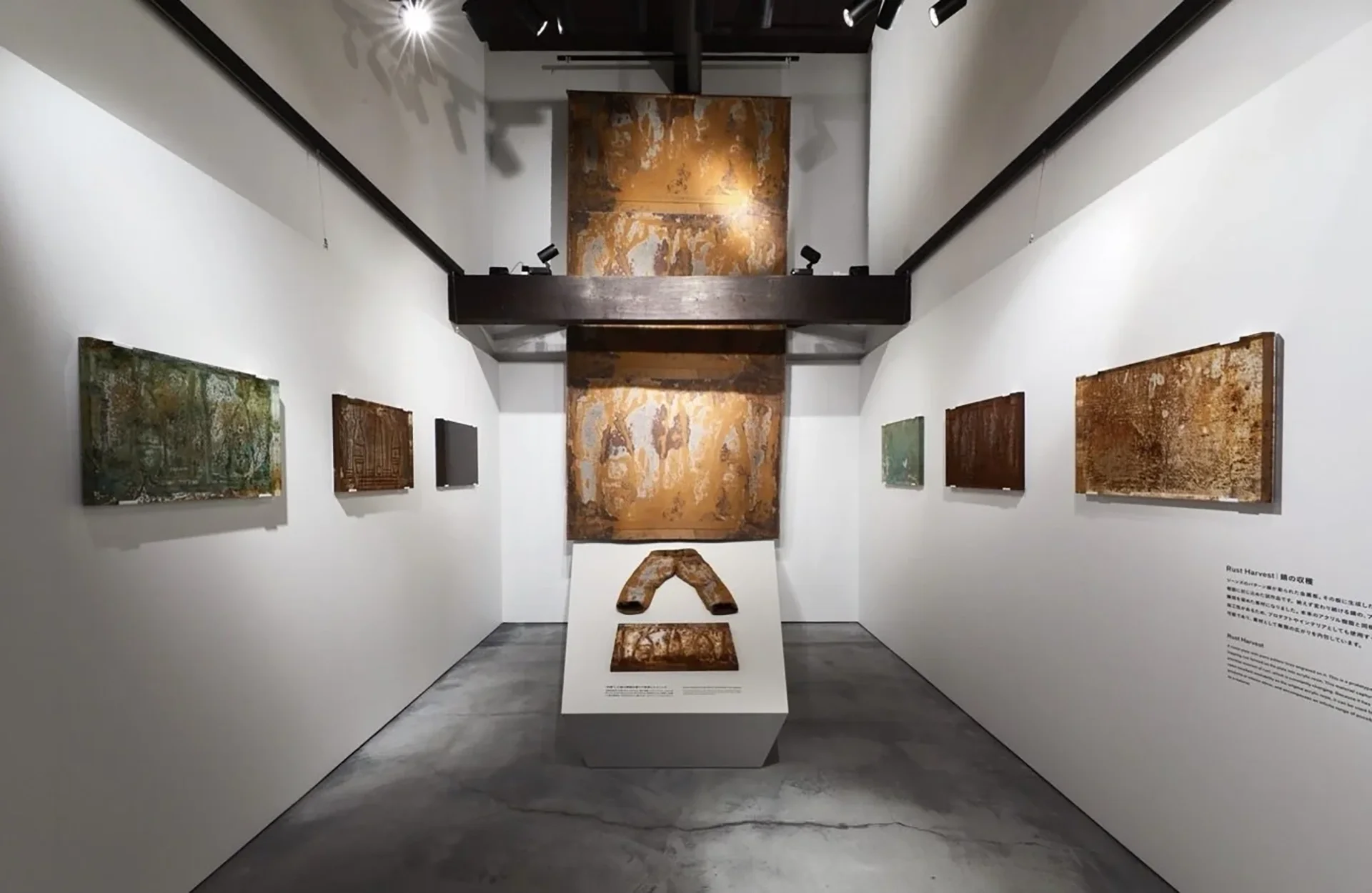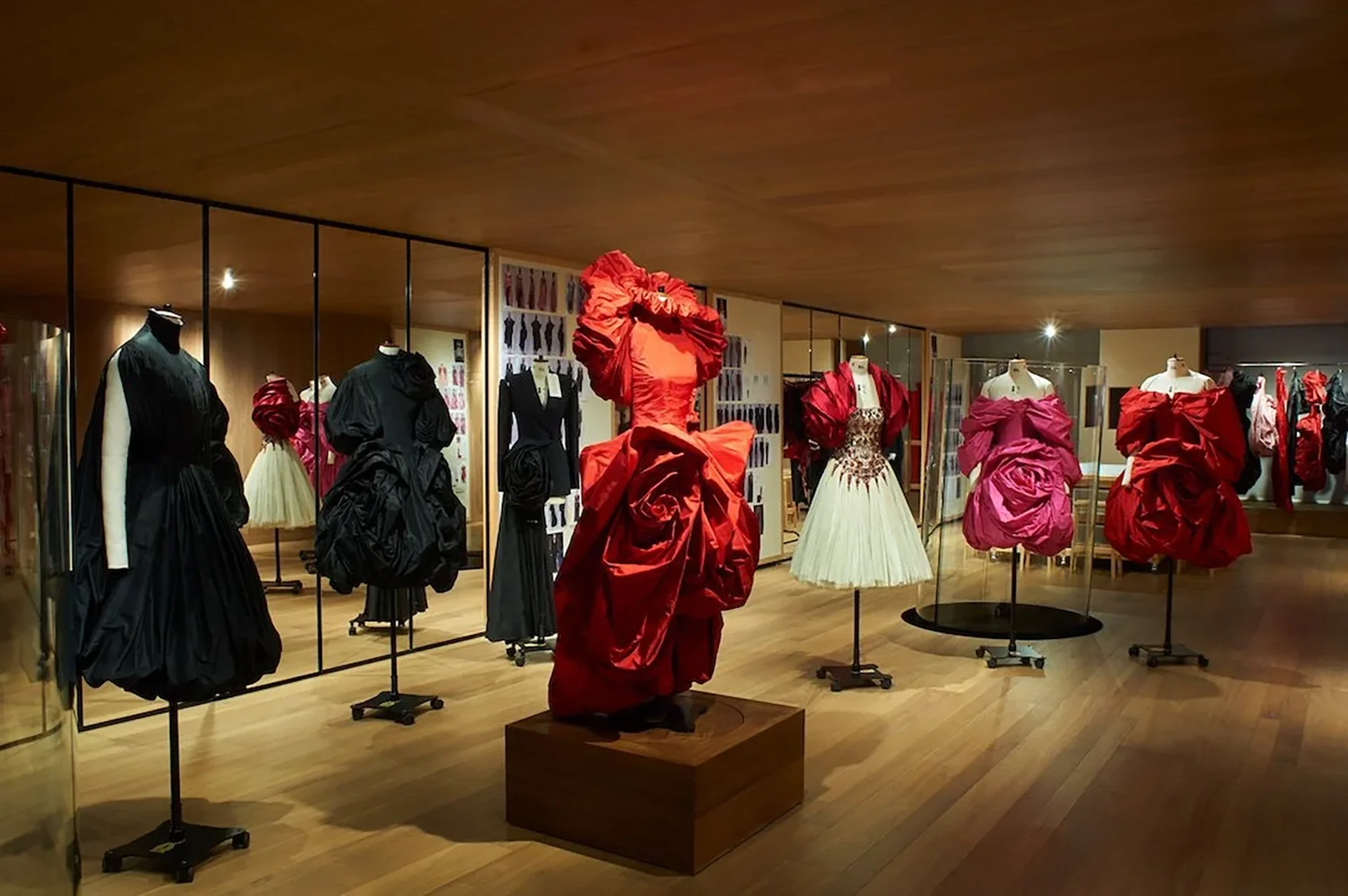Entering into the Archives
With the rise of AI augmentation and future-focused brand experiences, the need for a deepened brand-consumer connection is greater than ever.
We are moving away from simple brand narratives to value summoned by an understanding of heritage, design ethos and brand identity. The idea of archivism leans into reinvention of stores, events, and exhibitions as innovation labs, hubs, and experience centres that are primed for testing, observation and establishing deeper links.
Store experiences involving the archives support consumers of today in feeling the process of concept to creation for their luxury products. Seeking to enable people to peek behind the scenes, brands are creating immersive store experiences that connect consumers to their creative process.
In turn, consumers catch a glimpse of the artistry, craftsmanship, and expertise, enhancing the value of the products. Storytelling isn’t just products, it’s carving the way for societal shifts and the evolution of new cultural trends. By incorporating archival elements into store design, these brands offer consumers a richer experience, strengthening their connection to the brand’s legacy.
We started thinking about Archivism after identifying 10 key retail transitions, such as Cultural Choreography, Sensoriums, and Design Without Borders. These ideas are paving the way in today’s luxury retail landscape. Our research into archivism proves how essential it is that brands don’t lose sight of the rich cultural heritage that sits below the surface of the everyday consumer experience. So, how are brands embracing archivism to enrich the consumer experience?
Let’s look at three key examples:
01. Issey Miyake, Kyoto.
The exploration of regional and cultural history is essential to consumer experience.
At Issey Miyake Kyoto, The Kura was converted into an intimate gallery space, showcasing ‘the spirit of making things’ , deepening the reference to regional culture and history. The interior walls were stripped to create an open-plan space, birthing a new communication space, connecting Issey Miyake with the cultures and people of the East-West.
The space displays work from the brand’s artistic partnerships, offering insights into its design philosophy, visual inspirations, and archival pieces that have shaped the creative process and strategy.
The brand seized the opportunity to connect consumers with the richness of Japanese craftsmanship and showcase the wider cultural backdrop of Issey Miyake’s legacy.
02. Alexander McQueen, London
Brand education and exhibition offer a comprehensive look into creative evolution, and create a greater brand affinity for consumers.
The top floor of Alexander McQueen’s new Bond Street store serves as a space for visitors to explore past collections, design methodologies and the brand’s connection to its heritage.
Creating a memorable experience for the public was the philosophy behind McQueen’s London flagship space. A striking red rose dress sits at the center of the room alongside imagery showcasing the evolution and ideation from toile to final stages.
03. XC273, Shanghai
XC273 is more than just a retail space, it’s a living archive for consumers to engage with the brand vision and creative process. It was created in their probe to transfigure the act of buying into an immersive experience.
Set across three floors, the XC273 retail space houses designer showrooms and pop-ups alongside a small cafe, as well as providing spaces for temporary exhibitions and events.
The space showcases collective archives and explains the design languages, creative codes and heritage of the brand in each display, presenting itself as “a new fashion and art hub that is going to break the rules of retail experience.”
"All the differences of the space were kept as part of the building's history so that people walking in could feel that the boundaries between the past and the present are blurred, as if they had walked into a timeless space," the studio explained.
This forms part of our wider report looking at the future of luxury retail, from a global perspective.
If you would like to receive a copy, get in touch kate@future-collective.co.uk.





